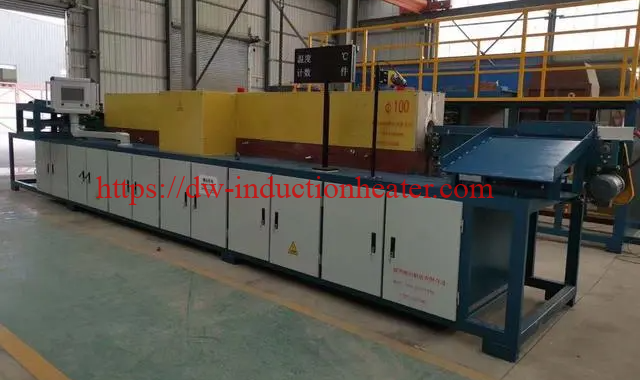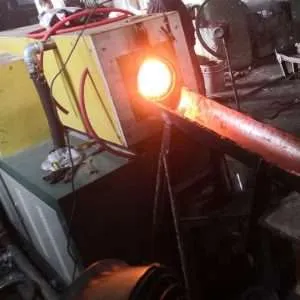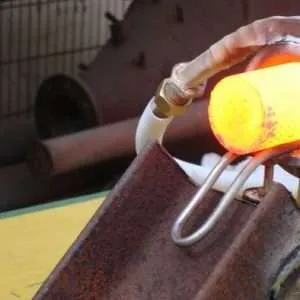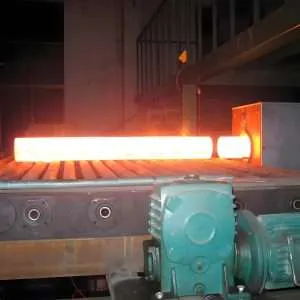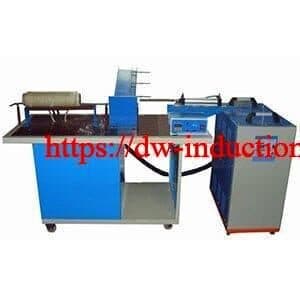-
1/6
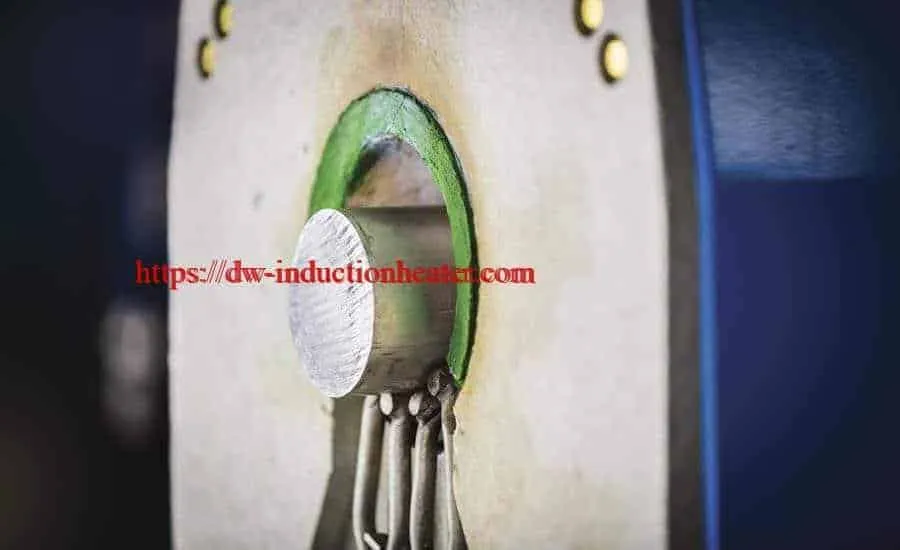
-
2/6
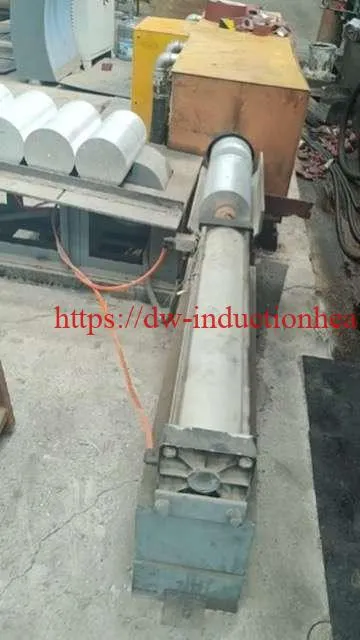
-
3/6
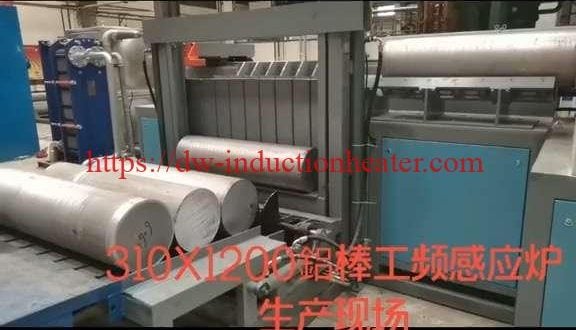
-
4/6
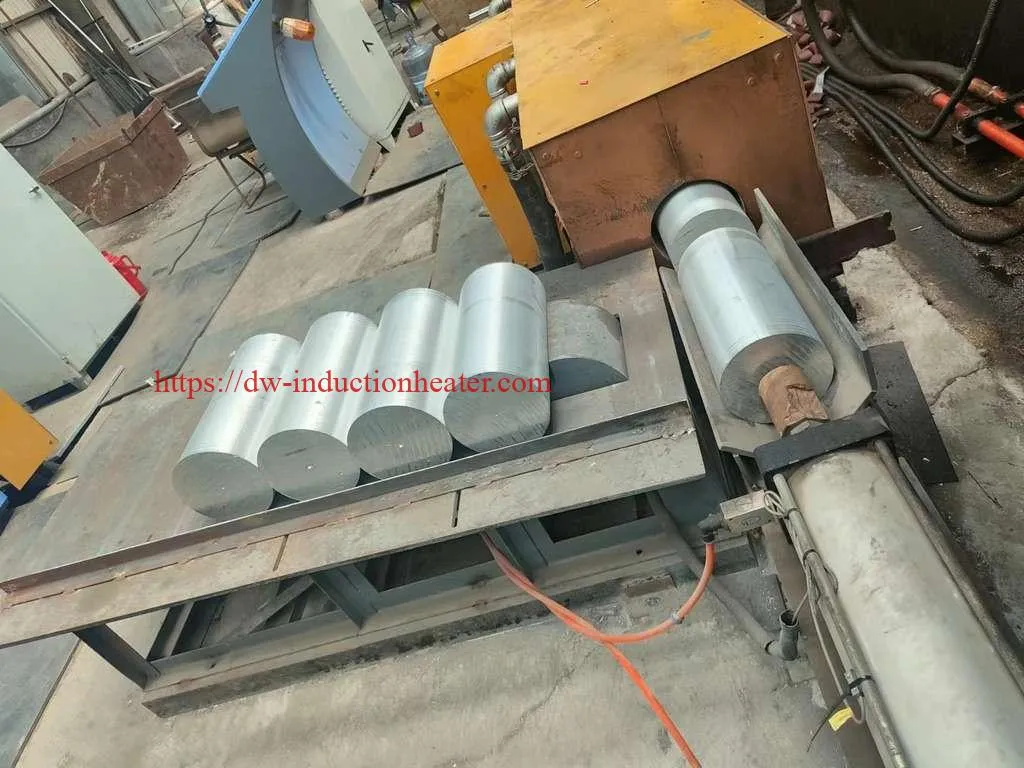
-
5/6
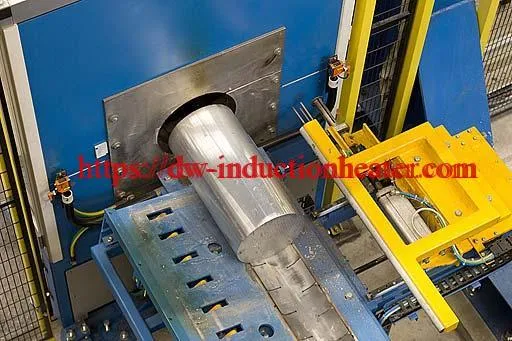
-
6/6
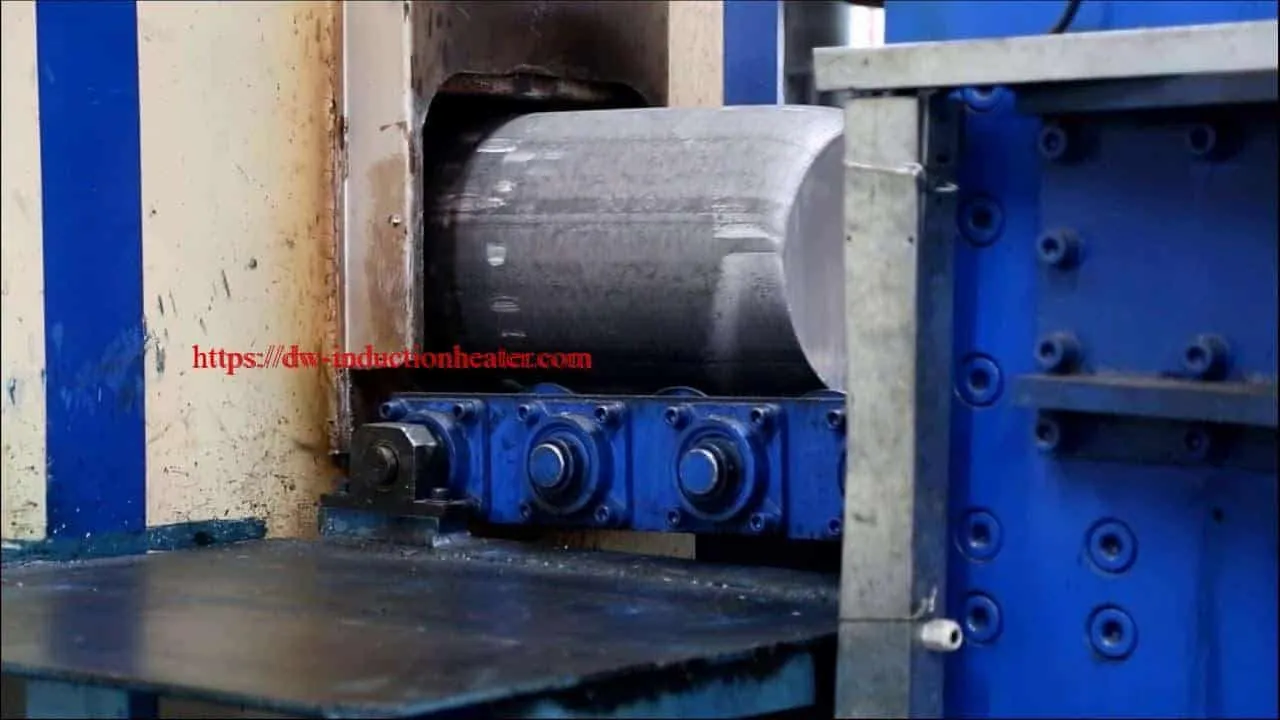
Induction Aluminum Billet Heating Furnace For Aluminum Extrusion and Forging
The Ultimate Guide to Aluminum Billet Heating Furnaces with Induction Technology
Induction aluminum billet heating furnaces utilize electromagnetic induction to rapidly and efficiently heat aluminum billets to extrusion temperatures. These systems are widely preferred in modern aluminum processing facilities due to their precision, energy efficiency, and reduced environmental impact.
Understanding Induction Heating for Aluminum Billets
Induction heating works through electromagnetic principles, generating heat directly within the aluminum billet rather than transferring it from external sources. This contactless heating method creates a more uniform temperature profile throughout the material, which is crucial for subsequent extrusion, forging, or heat treatment processes.
The technology relies on alternating magnetic fields that induce eddy currents within the conductive aluminum material. These currents generate precise, controllable heat without direct flame contact, minimizing oxidation and material loss.
Technical Parameters of Aluminum Billet Induction Heating Furnaces
Different production requirements necessitate various furnace specifications. The following tables provide detailed technical parameters for small, medium, and large-scale operations:
Table 1: Core Specifications by Furnace Size
| Parameter | Small-Scale | Medium-Scale | Large-Scale |
|---|---|---|---|
| Power Rating (kW) | 50-150 | 200-500 | 600-1500 |
| Operating Frequency (kHz) | 2-8 | 1-4 | 0.5-3 |
| Production Capacity (kg/hour) | 100-300 | 300-800 | 800-3000 |
| Billet Diameter Range (mm) | 50-150 | 100-250 | 150-350 |
| Footprint (m²) | 10-15 | 20-40 | 50-100 |
Table 2: Temperature Performance Metrics
| Temperature Parameter | Specification |
|---|---|
| Operating Range | 300-650°C |
| Typical Extrusion Temperature | 450-550°C |
| Temperature Uniformity | ±5-10°C |
| Heating Rate | 5-10°C/min |
| Maximum Surface Temperature | 600°C |
| Core-to-Surface Delta | <15°C |
Table 3: Energy Performance and Efficiency
| Energy Parameter | Value |
|---|---|
| Typical Energy Consumption | 220-280 kWh/ton |
| Energy Efficiency | 70-85% |
| Standby Power | 5-10% of rated power |
| Warm-up Time | 15-30 minutes |
| Power Factor | 0.92-0.98 |
Data Analysis: Comparing Induction vs. Conventional Heating Methods
Our analysis of production data from multiple aluminum processing facilities reveals significant advantages of induction heating over traditional gas-fired furnaces:
- Energy Efficiency: Induction furnaces demonstrate 30-45% lower energy consumption per ton of aluminum processed.
- Material Yield: Reduced oxidation results in 1.5-2% higher material yield, translating to substantial cost savings over time.
- Production Uptime: Induction systems show 15-20% higher equipment availability due to reduced maintenance requirements and faster startup times.
- Temperature Uniformity: Thermal imaging analysis reveals that induction-heated billets maintain temperature uniformity within ±7°C, compared to ±20°C with conventional methods.
Key Applications and Industries
Aluminum billet induction heating furnaces serve various critical applications:
- Aluminum Extrusion: Precise temperature control ensures optimal material flow and consistent profile quality.
- Forging Operations: Uniform heating prevents defects in complex forged components.
- Heat Treatment: Accurate temperature management for specialized aluminum alloy processing.
- Automotive Component Manufacturing: Meeting stringent quality requirements for safety-critical parts.
- Aerospace Applications: Ensuring material integrity for high-performance aluminum components.
Economic Benefits and ROI Analysis
Investment in induction heating technology typically delivers return on investment within 12-24 months, depending on production volume and energy costs. Key economic benefits include:
- 15-30% reduction in overall operational costs
- 20-25% increase in production throughput
- 40-60% decrease in rejected parts and material waste
- 50-70% reduction in carbon footprint compared to fossil fuel heating

Advanced Features in Modern Systems
Contemporary aluminum billet induction furnaces incorporate sophisticated features:
- Automated Loading/Unloading Systems: Optimizing workflow and reducing labor costs
- IoT Integration: Real-time monitoring and predictive maintenance capabilities
- Zone Control Technology: Independent heating zones for specialized temperature profiles
- Advanced PLC Systems: Precise process control and data logging for quality assurance
Induction Aluminum Billet Heating Furnaces,Induction Aluminum Bars Heating Furnaces
Induction aluminum billet heating furnaces utilize electromagnetic induction to rapidly and efficiently heat aluminum billets to extrusion temperatures. These systems are widely preferred in modern aluminum processing facilities due to their precision, energy efficiency, and reduced environmental impact.
Induction aluminum billets heating furnace is specially designed and manufactured for aluminum billets/rods forging and hot forming. It is used in the heating of aluminum billets/rods before forging and the extrusion process of aluminum rods after heating. 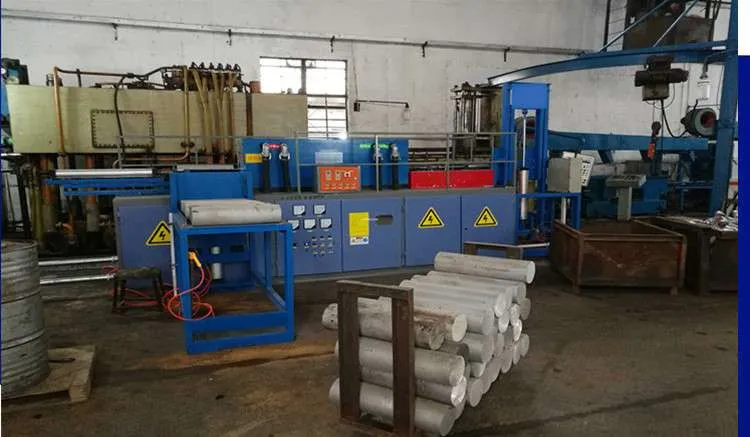
1.Difficulties in the design of aluminum billets/rods heating:
1). Aluminum billets/rods are non-magnetic materials. In the design of induction heating of aluminum rods, especially the design of aluminum rod inductor coils, special design methods should be adopted to make the aluminum rods generate large currents during the heating process, and the flow of large currents is The aluminum rod itself generates heat so that the heating of the aluminum rod meets the requirements of the heating process.
2). Due to the characteristics of aluminum, the aluminum billet/rod material dissipates heat very quickly. Therefore, the aluminum rod heating furnace is required to take certain measures to reduce the cooling of the aluminum rod. This requires the aluminum rod heating equipment to be equipped with an aluminum rod reverse thrust device, so as to ensure that the aluminum rod end The head temperature meets the requirements of the heating process.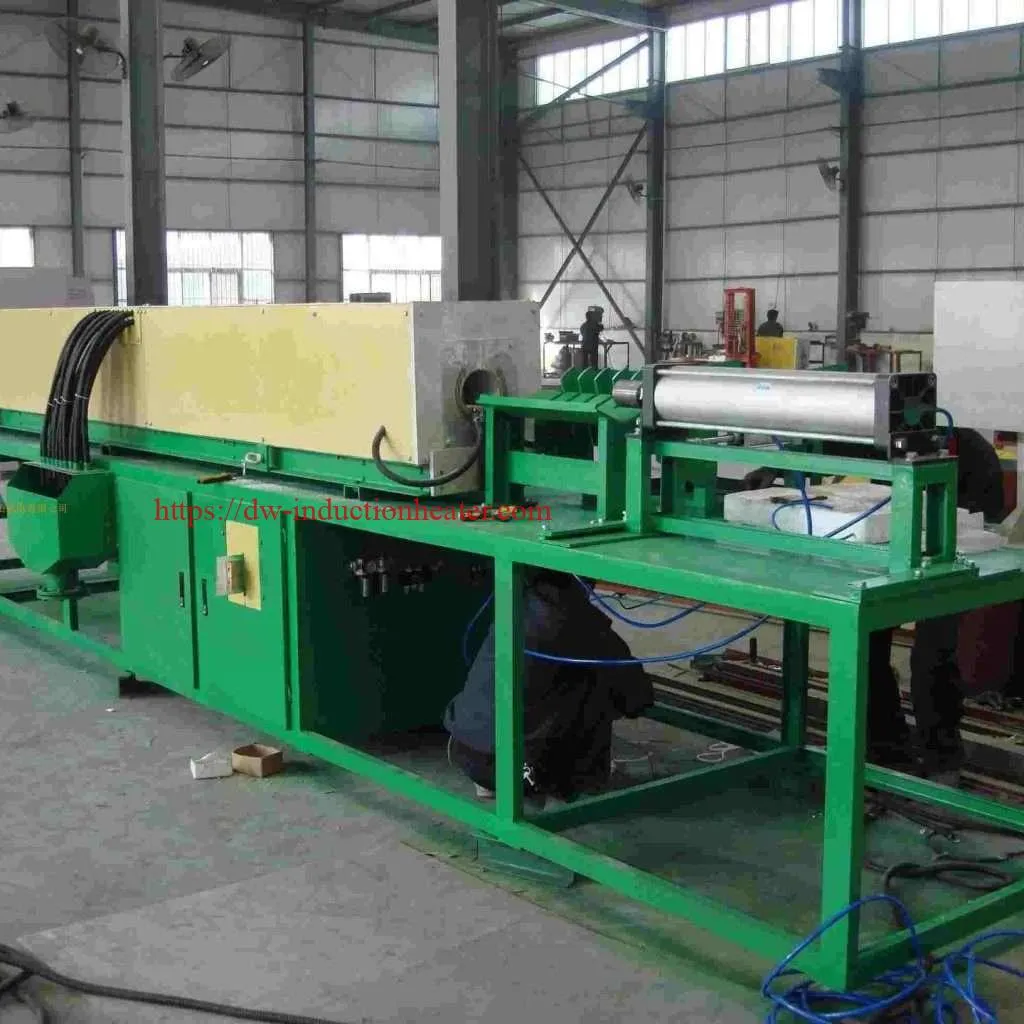
2. Design parameters of aluminum billet/rod forging furnace:
1). Power supply system for aluminum rod heating equipment: 160~1500KW/0.2~10KHZ.
2). Aluminum rod heating equipment Heating material: aluminum alloy, aluminum billet and rod
3). Main application of aluminum rod heating equipment: used for hot extrusion and forging of aluminum rods and aluminum alloys.
4). Feeding system of aluminum rod heating equipment: cylinder or hydraulic cylinder pushes material at regular intervals
5). Discharge system of induction aluminum rod heating furnace: roller conveying system.
6). Power consumption of aluminum rod heating equipment: heating each ton of aluminum material to 450℃~560℃, power consumption is 190~320℃.
7). The aluminum rod heating equipment provides a remote operation console with a touch screen or an industrial computer system according to user needs.
8). The man-machine interface specially customized for aluminum rod heating equipment, highly humanized operation instructions.
9). All-digital, high-depth adjustable parameters of aluminum billet/rod heating furnace
10). Energy conversion of aluminum rod heating furnace: heating to 550°C, power consumption 240-280KWH/T
3. Aluminum billet/rod Induction Heating Coil/Inductor
Aluminum rod heating equipment inductor manufacturing process: The ratio of the inner diameter of the aluminum rod heating equipment inductor coil to the outer diameter of the billet is within a reasonable range, and is designed according to the process parameters provided by the user. The inductor coil is made of a large cross-section T2 rectangular copper tube, which is annealed, wound, pickled, hydrostatically tested, baked, etc. After multiple insulation, drying, knotting, assembly and other main processes to complete, and then fixed into a As a whole, the entire sensor is formed into a cuboid after it is manufactured, and its vibration resistance and integrity are good. There are water-cooled furnace mouth copper plates at both ends of the inductor to protect the coil of the induction furnace heated by the aluminum rod, and at the same time, it can effectively prevent electromagnetic radiation from causing harm to the operator.
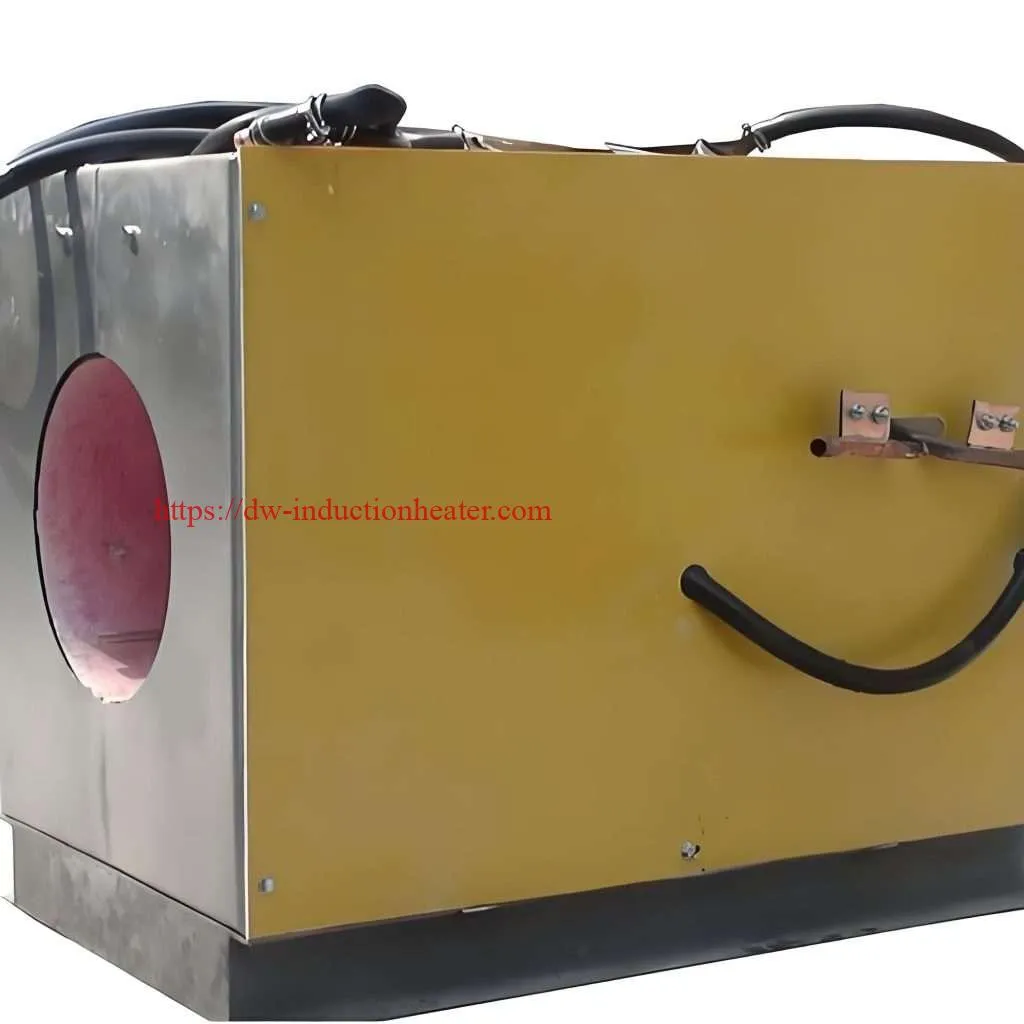 4. Name of aluminum billet/rod heating Furnace:
4. Name of aluminum billet/rod heating Furnace:
Aluminum billet/rod heating equipment mainly becomes intermediate frequency heating electric furnaces such as aluminum rod intermediate frequency induction heating furnace, aluminum rod induction heating furnace, aluminum material induction heating furnace, aluminum ingot induction heating furnace, etc., which are mainly used in forging, hot rolling and shearing of metal materials of heating.
5. The structure of aluminum rod heating furnace:
Composition of aluminum rod heating equipment: 1. Induction heating power supply; 2. Induction heating furnace cabinet (including stainless steel pipes and capacitor cabinets); 3. Induction heating furnace body; 4. Automatic feeding and timing pushing system; 5. PLC operation Control cabinet; 6. Quick discharge device; 7. Infrared temperature measurement and automatic temperature control system
6. the characteristics of aluminum billet/rod heating furnace
Main features of aluminum rod aluminum billet/rod heating furnace:
1). The aluminum rod heating furnace has fast heating speed and low burning loss rate; continuous production is stable, and it is simple and easy to maintain.
2). The special inductor/induction coil design method of the aluminum rod heating furnace ensures the temperature difference between the new surface and can be used for heating aluminum rods of various specifications.
3). The aluminum rod heating furnace adopts an imported infrared thermometer to ensure measurement accuracy and repeatability. The heating zone and heat preservation zone have fast thermal permeability of aluminum billets/rods.
4). The new stainless steel closed cooling tower eliminates the trouble of digging the pool.
5). The automatic feeding method of the aluminum billet/rod heating furnace can directly feed the aluminum ingot blank from the ground
6). Stable continuous production, high production efficiency, simple and easy maintenance, and can be applied to heating aluminum rods of various specifications
7). The heating temperature distribution of the aluminum billet/rod heating furnace: the aluminum rod heating furnace is divided into a preheating zone, a heating zone and a heat preservation zone.
 Conclusion
Conclusion
An aluminum billet heating furnace with induction is a high-performance, energy-efficient upgrade for any facility aiming to improve productivity and product quality. By generating heat internally through electromagnetic fields, induction furnaces deliver rapid, uniform heating, reduce oxidation, and cut down on operational expenses. Proper coil design, frequency selection, and system integration ensure you can tailor the process to virtually any aluminum alloy and meet specific throughput demands.

